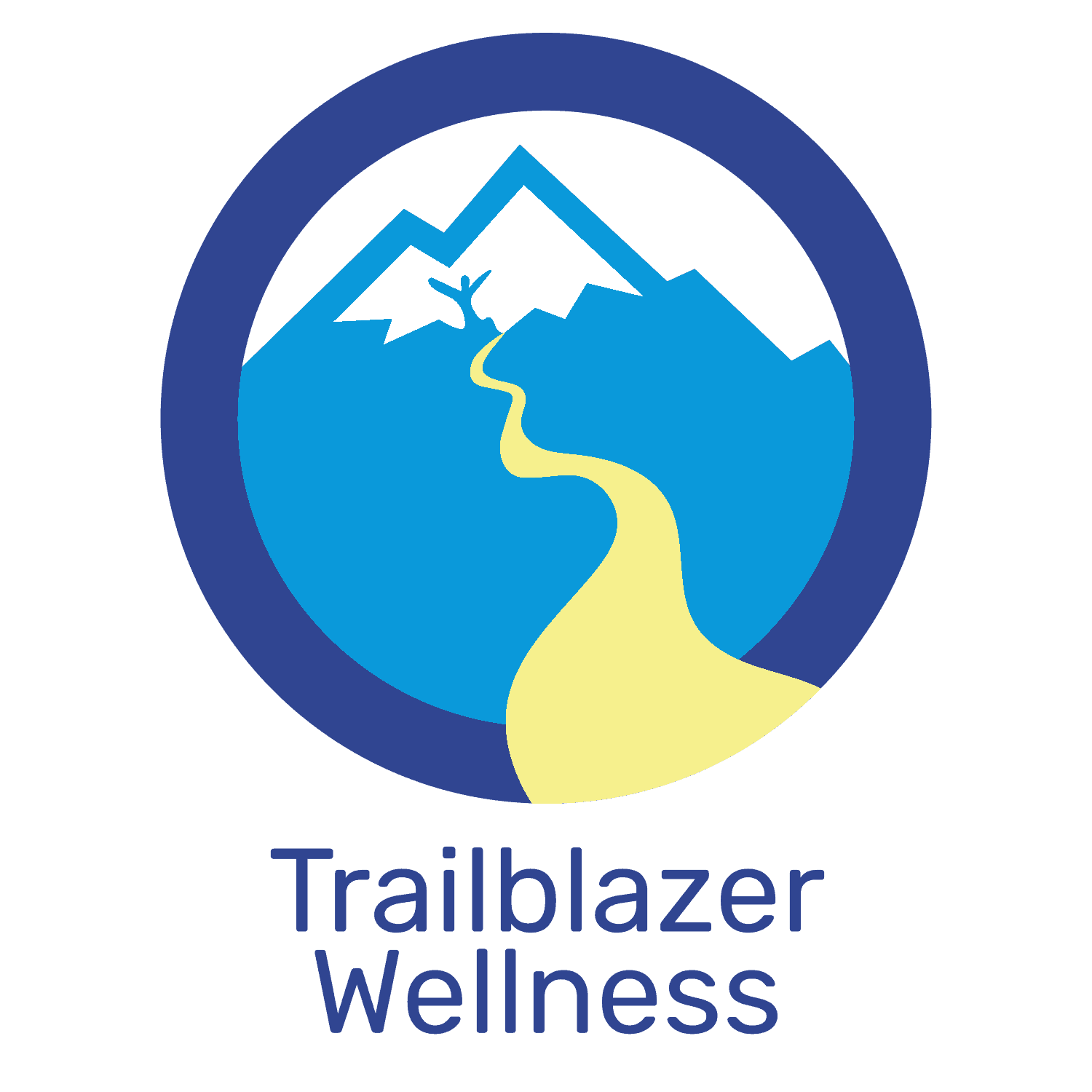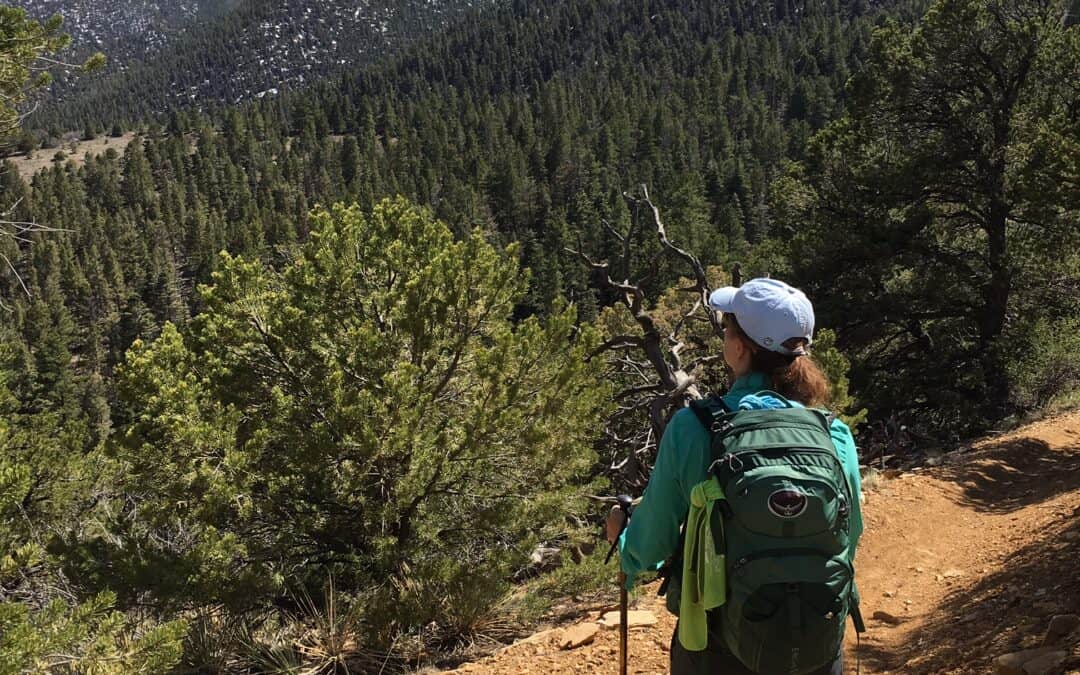An epic hiking trip has been on your “bucket list” for years – the Swiss Alps, the Inca Trail to Machu Picchu, Kilimanjaro. Then it happened. An injury that stopped you in your tracks.
Whether you experienced knee pain, a sprained ankle, or a shoulder injury, suddenly your dream hike seems much farther off. Yet you’re not getting any younger.
So how do you approach hiking after an injury, and still make the most of your dream trip?
Having a specific goal – in fact, envisioning specifically what you want to do, also known as mental imagery – can help your recovery.
The key is to set up a training plan as far in advance as possible. I’ve experienced many bouts of knee pain when hiking downhill ever since an injury in my mid-20s. Yet I can prevent knee pain if I add distance and elevation change gradually.
These five components are key to preparing for a post-injury hiking trip:
- Your team
- Your strength
- Your stamina
- Your footwear and gear
- Your mindset
Create a Training Team
Most healthcare plans include a limited number of covered physical and/or occupational therapy visits after certain injuries and surgeries. After that, you’ll probably have more work to do on your own, especially if you want to go on a multi-day hiking trip.
After an injury, you may have a tendency to compensate for the body part that was injured. That can put extra strain on your “good” knee/hip/shoulder/etc. This compensation can lead to cascading injuries in the future.
Keep the lists and illustrations of the exercises your therapists gave you. If they didn’t tell you which ones would be beneficial to continue, ask for recommendations.
If you’re unsure of what to do for your upcoming hike, go back to the physical therapist you worked with during your recovery. It’ll be worth it to have expert guidance from someone who understands your capabilities and recovery.
Consider working with a certified personal trainer to get ongoing customized guidance based on your situation. A personal trainer will help you use the proper form when you exercise and select the best exercises for your situation. A trainer should also guide you to use an appropriate amount of weight or resistance.
For example, if you’ve had a knee injury, such as a meniscus or ACL tear, you may need to start with using just your body weight or very light weights.
Ask for referrals from your physical therapist or doctors involved in treating your injury. How much experience do they have with working with people who have had injuries? Do they have specific training in functional fitness?
Check out these tips for choosing a personal trainer.
Rebuild Your Strength for Hiking
Assuming you completed physical and occupational therapy, you should have a decent foundation of strength to build on. Yet PT and OT are primarily focused on improving your strength, range of motion, and physical abilities for normal daily tasks.
As you prepare for a hiking trip after an injury, you may need to build additional strength in the previously injured area. Other parts of your body may need some attention too, especially if you put all of your energy into the recovering knee, ankle or shoulder!
Your physical therapist or personal trainer may suggest bodyweight exercises to start. These exercises will help you get in tune with how movements feel before adding weight/resistance.
The next step may be adding dumbbells and other weights that are used by one muscle group at a time. These are useful for figuring out which body part(s) are stronger or weaker than others. Plus you can use less weight on one side for a while to build up the weaker muscle group.
For example, if you had a shoulder injury, you may use a lighter weight for the previously injured side to start. As the injured side gets stronger, you can add more weight while keeping the “good side” at the same weight.
If you use a barbell or certain types of machines, your natural tendency is for the stronger side to “help” the weaker side. That can maintain the imbalance.
Resistance bands are also popular for post-injury training. For many exercises using bands, it’s quick and easy to adjust the resistance by shifting your stance or range of motion.
Add activity and weight/resistance for the recovering area in small increments.
Be patient and remember that small increases add up over time. This will allow you to make stronger and more sustainable progress than doing too much too soon. Improving by 1% every day makes a difference!
Of course, if a move causes sharp pain, STOP. Pay attention to your body and make note of any aches, twinges, fatigue or unusual sensations. Most exercises have many alternatives to work the muscles. You might just need to switch to a different variation. A personal trainer can help with this too.
Increase Your Hiking Stamina
If your injury put hiking on hold, (re)start with short treks on varied terrain as early in your training as you can. Even if you live in a fairly flat area, at least go on a dirt trail, and preferably one that has rocks or roots, to get used to the uneven surface.
Increase your distance gradually, adding 5-10% to the length of your hikes per week. Aim to complete multiple hikes that are at least somewhat similar in elevation change and length to what you expect to do on your trip within one month of your departure date.
For more tips on getting restarted with hiking, check out How to Train for a Multi-day Hiking Trip.
Add weight to your pack very gradually, starting with just water and basic essentials. Pay close attention to how your body reacts, then add more of what you expect to carry on the trip. Wear the pack on back-to-back hikes and note if you have any soreness or unusual twinges.
Test Your Hiking Footwear and Gear
If you already have footwear, pack and other gear from before your injury, get it out and give it a try. The injury may have shifted your gait or how a pack feels on your back.
If you determine that you need new shoes, boots or other equipment, get them at least 2 months before your trip. That will give you time to get used to them.
Use your footwear like you will on your hike. If the itinerary includes two or more days of hiking in a row, then hike in your boots or shoes for two days in a row. That second day can be very telling! Don’t be shy about exchanging footwear that’s not working well for you.
Similarly, use the pack you plan to take on the trip several times before you leave. If it rubs the wrong way or is uncomfortable, go to your local outdoor store to get it fitted or find a new one.
If you’ve had a knee injury or experience knee pain when hiking downhill, there are several reasons to use trekking poles. They reduce the amount of force and pressure on your knees, especially on the downhills. Plus they help your balance and stability.
When shopping for trekking poles, the 3 features to consider are adjustability, the hand grip and the pole material. If you’ve had a shoulder, elbow or wrist injury, you may want to try poles that have shock absorption built into them.
Work on Your Mindset
Many people find that mental recovery from an injury is nearly as difficult as physical recovery. Between the time on the sidelines and the slower-than-hoped progress back to “normal,” even the most patient patients get frustrated.
Once you’re done with physical therapy, it can be tempting to return to your pre-injury activity level. Resist that urge and ease back in slowly.
Be kind to yourself when it comes to getting back to the shape you were in before the injury. Put it in perspective – how long did it take you to get to the level you were at pre-injury? Probably years.
So give yourself a break when you’re starting to rebuild. Besides, nobody is as young as they used to be, so that makes the process a bit longer too.
Get Ready for Your Hiking Trip!
As your trip gets closer, check in with yourself and your hiking partners, if applicable. Based on your progress, set realistic expectations for trip. Hopefully you’ll be feeling strong and confident about doing everything on your itinerary!
Subscribe To Trailblazer E-News
To get regular updates about how to get more active so you can make the most out of your experiences, just subscribe to my email newsletter below.
You're all set!


